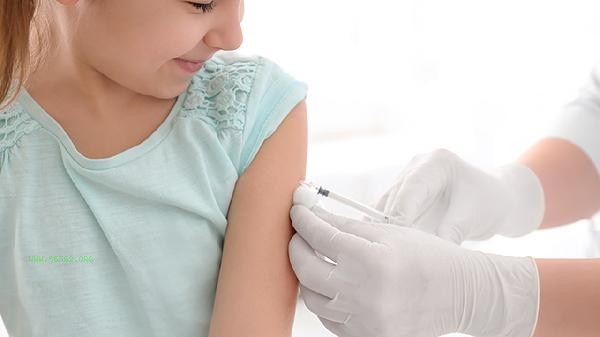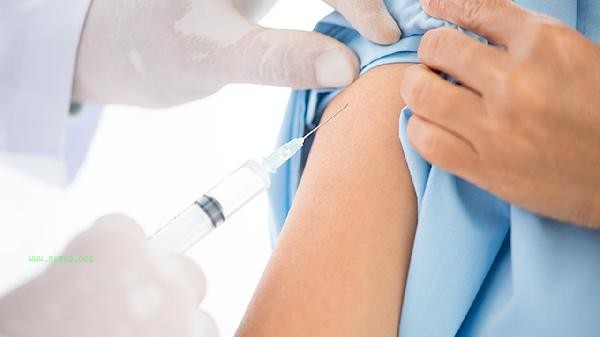Muscle strains in the arm can be restored through rest and braking, alternating cold and hot compresses, medication relief, rehabilitation training, physical therapy, and other methods. Muscle strains are usually caused by excessive exercise, improper posture, external impact, muscle fatigue, insufficient warm-up, and other reasons.

1. Rest braking
During the acute phase, immediate cessation of activity is necessary to avoid aggravating the injury. Secure the affected limb with bandages or protective gear, keeping the arm above the level of the heart to reduce swelling. Severe strains may require suspension fixation, and it is generally recommended to brake for 3-7 days, with the specific time adjusted according to the degree of injury.
2. Alternating cold and hot compress
Within 48 hours after pulling, apply ice for 15 minutes every 2 hours to reduce inflammation and pain. After 48 hours, use hot compress to promote blood circulation. You can use a hot towel or warm water bag, and the temperature should not be too high. Alternating between hot and cold can accelerate the clearance of metabolic waste and tissue repair.
3. Drug relief
Non steroidal anti-inflammatory drugs such as ibuprofen sustained-release capsules, diclofenac sodium enteric coated tablets, or topical flurbiprofen gel ointment can be used according to the doctor's advice when the pain is obvious. Muscle spasms can be treated with muscle relaxants such as methylprednisolone hydrochloride tablets, and self adjustment of medication dosage is prohibited.

4. Rehabilitation training
After the swelling subsides, start gentle stretching, such as wrist flexion and extension, forearm rotation, and other passive activities. Step by step resistance training after 2 weeks, using elastic bands to perform elbow flexion and wrist extension movements. The training intensity should be moderate to not cause pain and avoid explosive exertion.
5. Physical therapy
Ultrasonic therapy can promote deep tissue repair, and infrared radiation can alleviate muscle stiffness. Intermediate frequency electrotherapy can help alleviate adhesions, while shock wave therapy is suitable for chronic refractory pain. 10-15 sessions of treatment are required at professional institutions. During the recovery period, it is important to ensure high-quality protein intake, such as eggs, fish, etc., to help with muscle repair and avoid spicy and stimulating foods. Use pillows to elevate your arms during sleep, and use arm guards to share the load during daily activities. If there is no improvement or abnormal noise or deformity within 3 weeks, seek medical attention promptly to rule out serious injuries such as tendon rupture. Prevention requires warming up before exercise, strengthening forearm muscle strength training, and paying attention to intermittent rest during exercise.









Comments (0)
Leave a Comment
No comments yet
Be the first to share your thoughts!